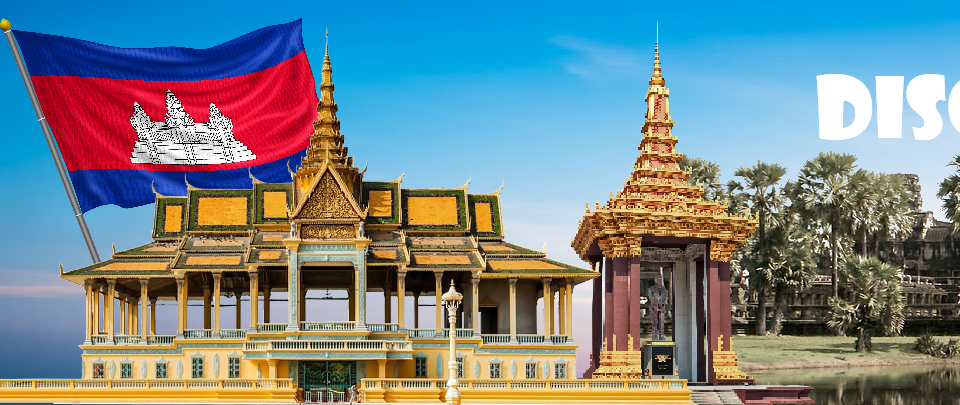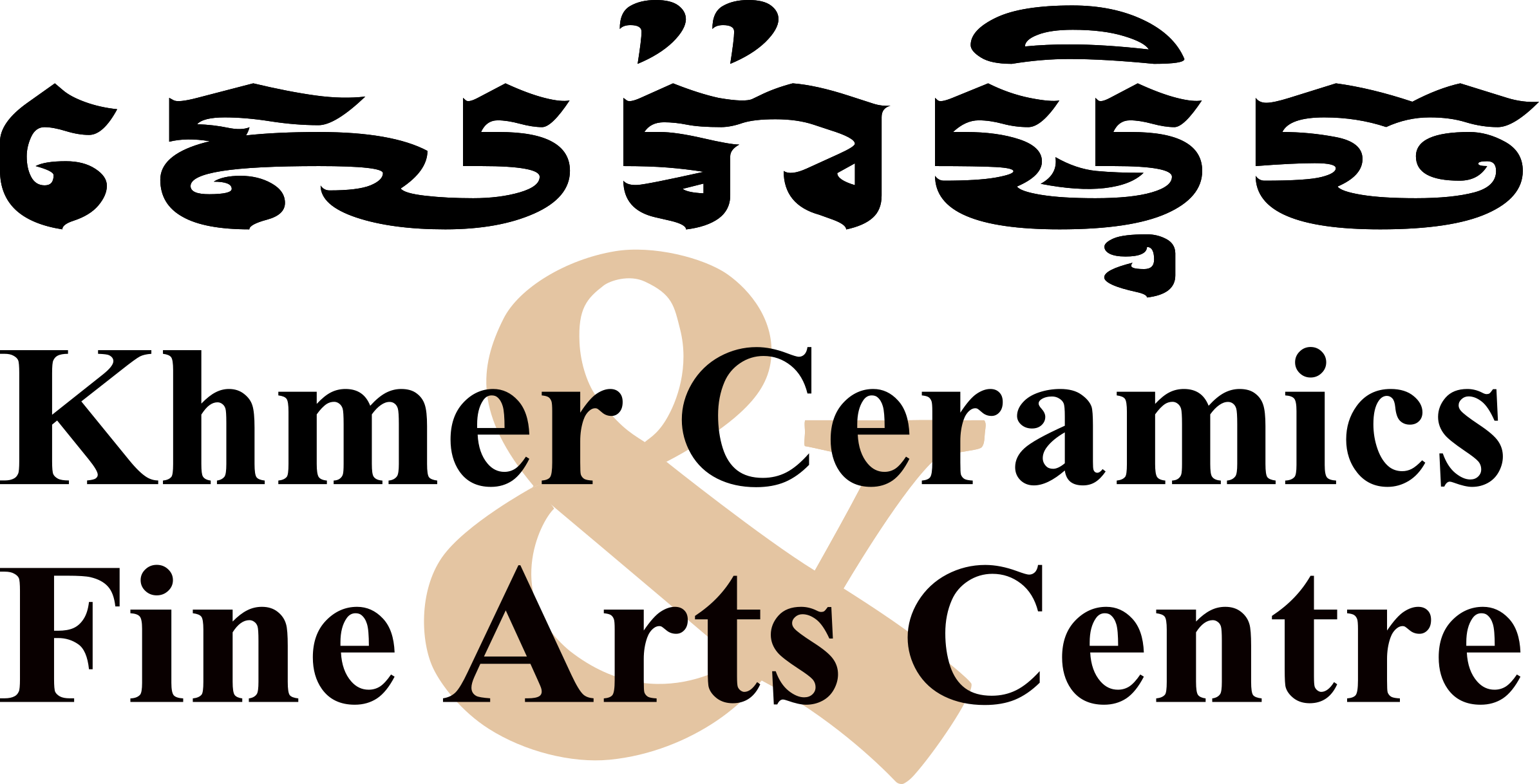





Angkor Wat Temple Guides
Construction
Angkor Wat (/ˌæŋkɔːrˈwɒt/; Khmer: អង្គរវត្ត, “City/Capital of Temples”) is a Hindu-Buddhist temple complex in Cambodia. Located on a site measuring 162.6 hectares (1,626,000 m2; 402 acres) within the ancient Khmer capital city of Angkor, it is considered the largest religious structure in the world by Guinness World Records. Originally constructed in 1150 CE as a Hindu temple dedicated to the deity Vishnu, it was gradually transformed into a Buddhist temple towards the end of the century.
Angkor Wat was commissioned by the Khmer king Suryavarman II (ruled 1113–c. 1150) in the

early 12th century in Yaśodharapura (present-day Angkor), the capital of the Khmer Empire. The construction of the temple commenced in 1122 CE and was completed in 1150 CE. The temple complex was constructed on the suggestion of Divākarapaṇḍita (1040–c. 1120). The temple was dedicated to Hindu god Vishnu and the original religious motifs were derived from Hinduism. It was built as the king’s state temple in the capital city. While there are no foundation stela or any contemporary inscriptions referring to the temple’s name that have been found, its original name is unknown and it may have been known as Vrah Viṣṇuloka after the presiding deity. The work on the temple ceased after the king’s death, leaving some of the bas-relief decoration unfinished.
Buddhist temple
In 1177, approximately 27 years after the death of Suryavarman II, Angkor was sacked by the Chams, the traditional enemies of the Khmer. Thereafter, the Khmer empire was restored by Jayavarman VII, who established a new capital at Angkor Thom and the Bayon as the state temple, situated to the north. The temple was dedicated to Buddhism as the king’s wife Indratevi was a devout Mahayana Buddhist who encouraged him to convert. Angkor Wat was therefore also gradually converted into a Buddhist site with many Hindu sculptures replaced by Buddhist art.
After the transformation from a Hindu centre of worship to Buddhism towards the end of the 12th century, Angkor Wat continues to be a Buddhist center till the present day. Historical records show that Chinese envoy Zhou Daguan and traveller Zheng He visited the Angkor Wat in the 13-14th centuries. Zheng He studied the temple architecture which was later incorporated in the Dabaoen Temple and Galazed Pagoda. Angkor Wat is unusual among the Angkor temples in that although it was largely neglected after the 16th century, it was never completely abandoned. Fourteen inscriptions dated from the 17th century, discovered in the Angkor area, state that Japanese Buddhist pilgrims had established small settlements alongside Khmer locals. The inscription also tells of Ukondayu Kazufusa, who celebrated the Khmer New Year at Angkor Wat in 1632.
European rediscovery

The first Western visitor to the temple was António da Madalena, a Portuguese friar who visited in 1586 and said that it “is of such extraordinary construction that it is not possible to describe it with a pen, particularly since it is like no other building in the world. It has towers and decoration and all the refinements which the human genius can conceive of. In 1860, the temple was effectively rediscovered by French naturalist and explorer Henri Mouhot with the help of French missionary Father Charles-Émile Bouillevaux. Mouhot popularised the site in the West through the publication of travel notes, in which he wrote:
Mouhot’s work was published posthumously in 1864 through the Royal Geographical Society with descriptions of Angkor under the title Travels in the Central Parts of Indo-China, Siam, Cambodia and Laos. In 1861, German anthropologist Adolf Bastian undertook a four-year trip to Southeast Asia and his account of this trip titled The People of East Asia, ran to six volumes and was published in 1868. The books detailed the Angkor monuments but lacked drawings of the Angkorian sites.
France adopted Cambodia as a protectorate on 11 August 1863 partly due to the artistic legacy of Angkor Wat and other Khmer monuments in the Angkor region and invaded Siam. This quickly led to Cambodia reclaiming lands in the northwestern corner of the country including Siem Reap, Battambang, and Sisophon which were under Siamese rule from 1795 to 1907. Following excavations at the site, there were no ordinary dwellings or houses or other signs of settlement such as cooking utensils, weapons, or items of clothing usually found at ancient sites.
Restoration And Challenges
In the 20th century, a considerable effort was launched to clear the plant overgrowth and restore the temple complex. Conservation d’Angkor (Angkor Conservancy) was established by the École française d’Extrême-Orient (EFEO) in 1908. The Conservation d’Angkor was responsible for the research, conservation, and restoration activities carried out at Angkor until the early 1970s with major restoration works undertaken in the 1960s. Cambodia gained independence from France on 9 November 1953 and has controlled Angkor Wat since then.
Restoration work was interrupted by the Cambodian Civil War when the Khmer Rouge took control of the country during the 1970s and 1980s. Work on Angkor was abandoned during the Khmer Rouge era and the Conservation d’Angkor was disbanded in 1975. Camping Khmer Rouge forces used whatever wood remained in the building structures for firewood, and a shoot-out between Khmer Rouge and Vietnamese forces caused a few bullet holes in bas reliefs. In the late 1980s and early 1990s, far more damage was done to the reliefs by art thieves working out of Thailand who lopped off many sculptures and other structures, including earlier reconstructions. As with most other ancient temples in Cambodia, Angkor Wat also faced extensive damage and deterioration by a combination of plant overgrowth, fungi, ground movements, war damage, and theft, though the war damage to Angkor Wat’s temples was limited compared to the rest of Cambodia’s temple ruins.
Between 1986 and 1992, the Archaeological Survey of India carried out restoration work on the temple as France did not recognise the Cambodian government at the time. Criticisms have been raised about both the early French restoration attempts and the later Indian work, with concerns over the damage done to the stone surface by the use of various chemicals and cement.
In 1992, the site was declared as a UNESCO World Heritage Site. Simultaneously, Angkor Wat was listed in UNESCO’s World Heritage in Danger (later removed in 2004) following an

appeal for help by Norodom Sihanouk together with an appeal by UNESCO to the international community to save Angkor. Zoning of the area was designated to protect the Angkor site in 1994, Authority for the Protection and Management of Angkor and the Region of Siem Reap (APSARA) was established in 1995 to protect and manage the area, and a law to protect Cambodian heritage was passed in 1996.
In the 21st century, teams from several countries including France, India, Japan and China are involved in Angkor Wat conservation projects. The German Apsara Conservation Project (GACP) was launched to protect the devatas, and other bas-reliefs that decorate the temple from further damage when the organization’s survey found that around 20% of the reliefs were in very poor condition mainly because of natural erosion and deterioration of the stone, but also in part also due to earlier restoration efforts. Microbial biofilms degraded sandstone at Angkor Wat. Other work involved the repair of collapsed sections of the structure and prevention of further collapse. For example, the west facade of the upper level was buttressed by scaffolding in 2002. A Japanese team completed the restoration of the north library of the outer enclosure in 2005. Replicas have been made to replace some of the lost or damaged sculptures.
In December 2015, it was announced that a research team from the University of Sydney found a previously unseen ensemble of buried towers that were built and demolished during the construction of Angkor Wat, as well as a massive structure, with wooden fortifications, of unknown purpose on its south side. The findings included evidence of low-density residential occupation, a road grid, ponds and mounds in the region. These discoveries indicated that the temple precinct, bounded by a moat and wall, may not have been used exclusively by the priestly elite, as was previously thought.





